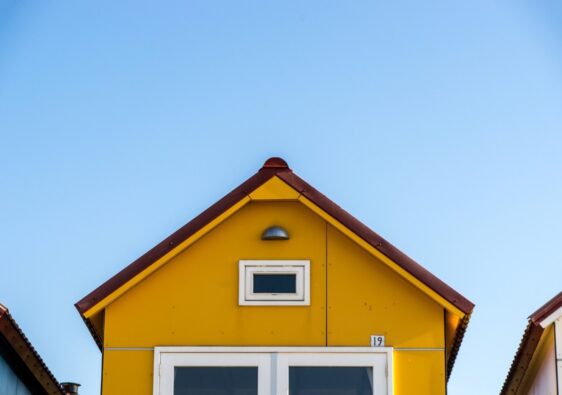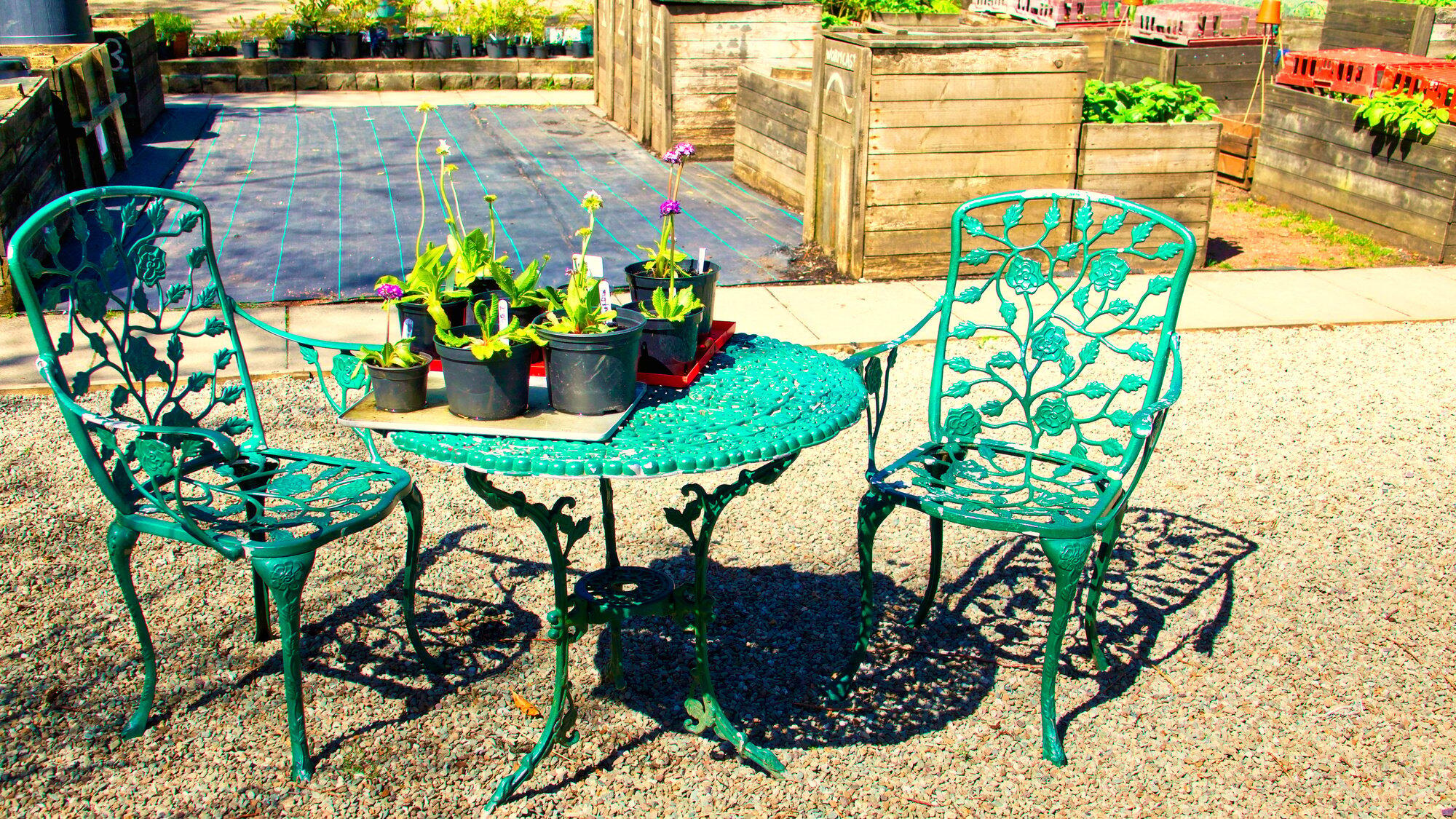Bronze sculpture has always been held in high regard due to the many virtues both the material and the finished works of art possess.
When it comes to creating bronze art, several aspects of the process, such as “Lost Wax Casting,” have been around for a very long time, as has the art itself. If you’re interested in making bronze statutes, you’ve come to the right place.
Keep on reading for our full breakdown of how to make bronze statues.
Understanding Bronze
It’s made up of tin, copper, lead, zinc, and other small quantities of other ores. Bronze is an extremely durable metal.
Since ancient times, this metal has been used to make a wide range of objects ranging from instruments to household items, sculptures to jewelry. As impressive as this metal’s durability is, its visual appeal is even more impressive.
It starts off with a warm, almost golden sheen before changing to a rich, rustic brown with flashes of crimson and patina over time. Many people are more interested in the bronze’s appearance after it has aged, and some artists go so far as to chemically age the bronze in order to create this look.
You should click here to explore some of the best collections on the market to understand why bronze statues have stayed in fashion for literal centuries.
How to Make Bronze Statues 101: Start With Inspiration
At the beginning of any sculpture, you should have an idea and a vision in your head.
Researching the sculpture’s history and significance is an essential part of any commissioned work. You’ll want to use illustrations to show the arrangement, size, and movements of the art pieces as they take shape. For commissioned work, you should request design approval at this step via a drawing before proceeding in clay.
Now, it’s time for the actual stage of making bronze statues. The “Lost Wax Casting” technique may be broken down into the following fundamental phases.
Making A Mold
By far, this is the most challenging and crucial phase. There must be a high degree of accuracy in the original sculpture for this mold to work, thus it must be near flawless.
For casting, the mold is frequently divided into two or more portions depending on the sculpture’s size.
Sculpting in Clay
With the help of models and references, you should begin the clay work. To hold the clay in place, you can build an “armature” out of wire or foam. You can real-life dimensions to carve the whole monument out of foam, and then piled clay on top of it.
Then, you should begin the time-consuming process of sculpting the final elements in clay.
Divide this artwork into many portions, each of which you’ll need to mold and cast, in preparation for the casting procedure. Size and complexity dictate the number of sections. You can etch notches onto each segment to guarantee precise alignment when you weld the parts together.
Making the Wax Casting
You can pour various layers of the molten wax into the mold as it cools. The wax replica is a carbon copy of the original bronze mold.
A competent artist re-details the wax after they remove it from the mold and chase it. Even if the artist faithfully recreates the original work, no two are exactly the same. You affix the pouring cup and wax rods to the wax casting at the precise location to ensure a complete pour.
Casting the Ceramic Mold
You need to dip the wax casting many times into investment liquid in a temperature-controlled environment at 72 degrees Fahrenheit.
To begin, sprinkle a fine powder over the wax casting. In the next step, you’ll need to submerge the wax casting in finely ground ceramic sand. You can make a ceramic mold by repeatedly doing this process while increasing the coarseness of the material each time.
It is not possible to apply a new ceramic coating until the previous layer has dried or hardened fully. This is also called curing.
Burn-Out and Casting
You need to use a kiln to heat the ceramic shell. When the shell is baked, the wax within melts away and becomes part of the finished product. This generates a ceramic mold with a hollow interior. This is the origin of the phrase “Lost Wax.”
As soon as the ceramic mold comes out of the kiln, you need to pour the molten bronze into the cavity and allow it to cool. The bronze must be 2100 degrees Fahrenheit at the moment of pouring.
Break-Out and Sandblasting
The shell of the casting is gently removed once it has cooled for many hours, revealing the unfinished bronze inside.
Sandblasting is used to remove any remaining ceramic shell particles. After a thorough examination, the sculpture is finally ready to be shown. At this point, all of the sculpture’s components have been welded together by a master craftsperson.
This stage requires a high degree of accuracy. Otherwise, the piece’s equilibrium will be thrown off. That’s because a poorly connected component will have an uneven seam that’s almost impossible to straighten out.
Additionally, an improperly attached piece will seem out of place next to the rest of the sculpture. This is particularly true for sculptures that aren’t abstract in nature, such as real ones.
Beading with Glass and Polish
The glass is incredibly fine, akin to sandblasting, to produce a consistent bronze finish.
The raw bronze sculpture is presently being hand polished in preparation for the patina. First, you heat up the bronze. By hand, you apply the patina chemical.
For a gorgeous luster, you can apply the wax by hand and heated up.
Unlocking How Are Bronze Statues Made
There’s something magical about a bronze art piece. When it comes to bronze statues that shimmering gleam increases tenfold.
We hope that our guide on how to make bronze statues has shed some light on the process. And, if you’re interested in learning more, you should check out our home section for more tips and guides on transforming your home life.



